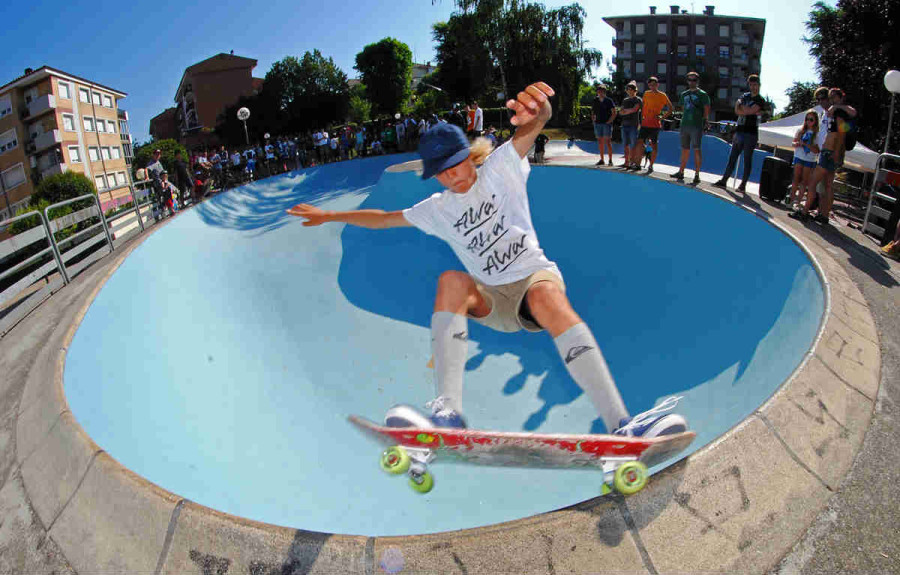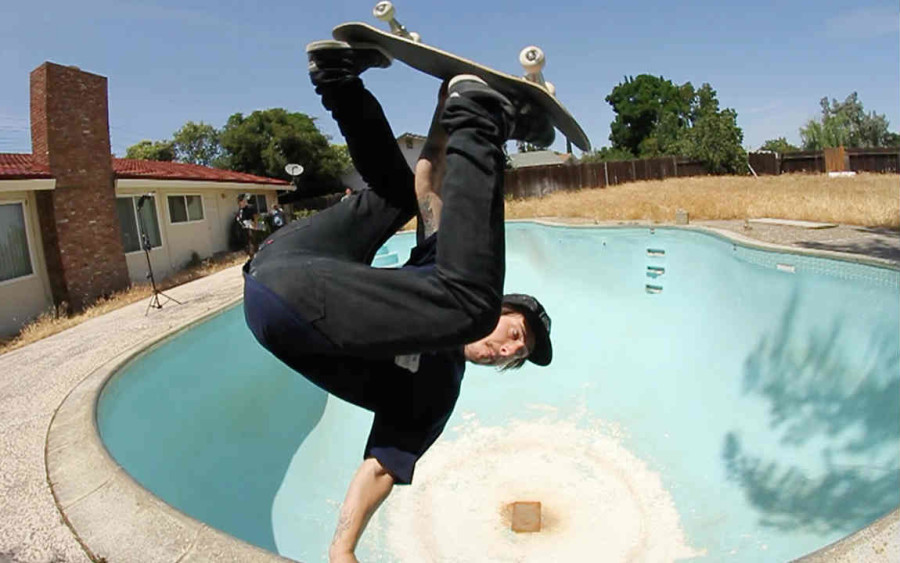Even though skateboards are seemingly simple, there are so many variations that make picking the right one rather tricky. Even more so if you’re a beginner and don’t know which style of skating you’ll mostly be partaking in. Your deck will dictate how your skateboard rides, feels, and what you’re able to do with it, which is why it’s probably the most important part of it. Skateboard decks come in a wide range of sizes and shapes, meaning you’ll have to make a couple of choices when shopping for the right one.

First and foremost, you have to pick the right size. When I say size, I mean the width and length of the deck. The width is the most important part – most decks fall into the 7.5-8.25inch width range, but there are also many exceptions, mainly for younger, or smaller people. Personal preference, height, skating style, and shoe size all play a role in the ideal width of your deck. If you go with a board that’s too big for you, you’ll have to use excessive power to ride, which can make performing tricks and cruising difficult. If the board is too small, on the other hand, you’ll have issues balancing.

Then, you have to consider the shape. You’ll come across a wide range of shaped skateboard decks, all differently designed. The most common types of shaped skateboard decks you’ll come across are radial concave decks, progressive, W-concave, flat-cave, asymmetrical, convex and flat decks.
- Radial concave decks feature a subtle u-shaped curve, and this is one of the most common types of deck shapes. It allows for a better grip, which is useful in almost all skating styles.
- Progressive decks are a more dramatic version of radial concave decks, and they feature a steep wall on the rail, which when combined with the wider base enables more secure footing.
- W-concave shaped decks provide an extra curve at the centerline which lets you shift more energy from your heel to your toe, giving you more precision and responsiveness when skating.
- Flat-cave decks are similar to radial concave decks, except their curve is sharper. This will help you keep your feet flat, allowing for a mellower ride.
- Asymmetrical concave decks feature two differently angled rails, which gives you more power in your heels for easier turning.
- Convex shaped decks feature an upwards-arching curve. This is the most uncommon shape, although some downhill skaters prefer them because they allow for a more natural foot placement.



